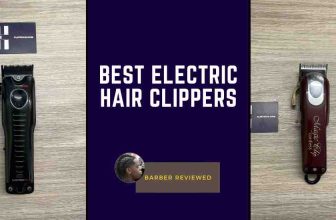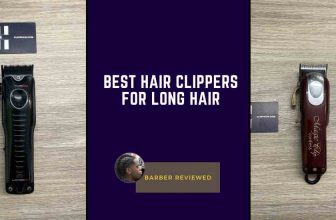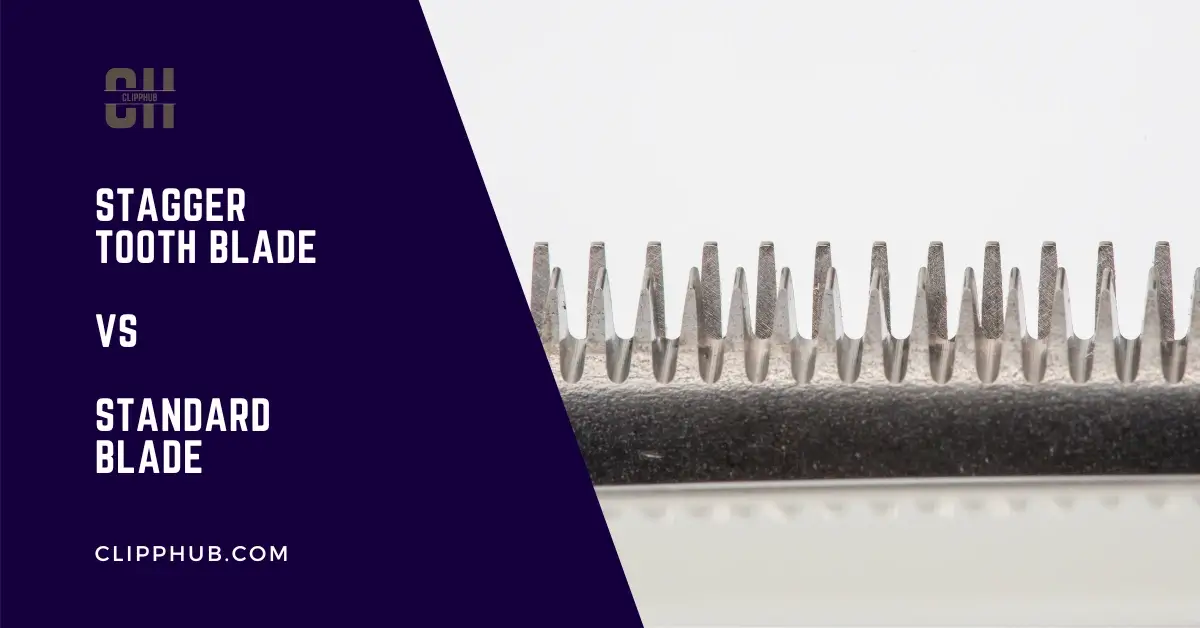
Stagger tooth blade vs standard blade, what makes these two blades different?
Is there even a difference at all?
In this guide, I’ll tell you all you need to know about the cutting blade on your hair clippers (I’ll also provide you with a clipper setup that can take your cutting game to new levels if you choose to implement it).
So with that said, take a look at the table of contents and let’s get into it.
Stagger Tooth Blade vs Standard Blade

A stagger tooth blade is a type of blade that has teeth that are not aligned in a straight line.
Instead, the cutting has varying lengths, going up and down in height within an alternating pattern.
That’s the difference, and it comes with stoke benefits which we’ll get to next.
This type of blade is commonly found on wahl clippers.
Wahl is the brand that pioneered the stagger tooth blade..or at least made it popular.
You can often find the stagger tooth blade on these cordless Wahl Clippers:
You’ll certainly find them on the magic clip but on the other it varies.

This is the stagger tooth blade on the new gold, Wahl magic clip:
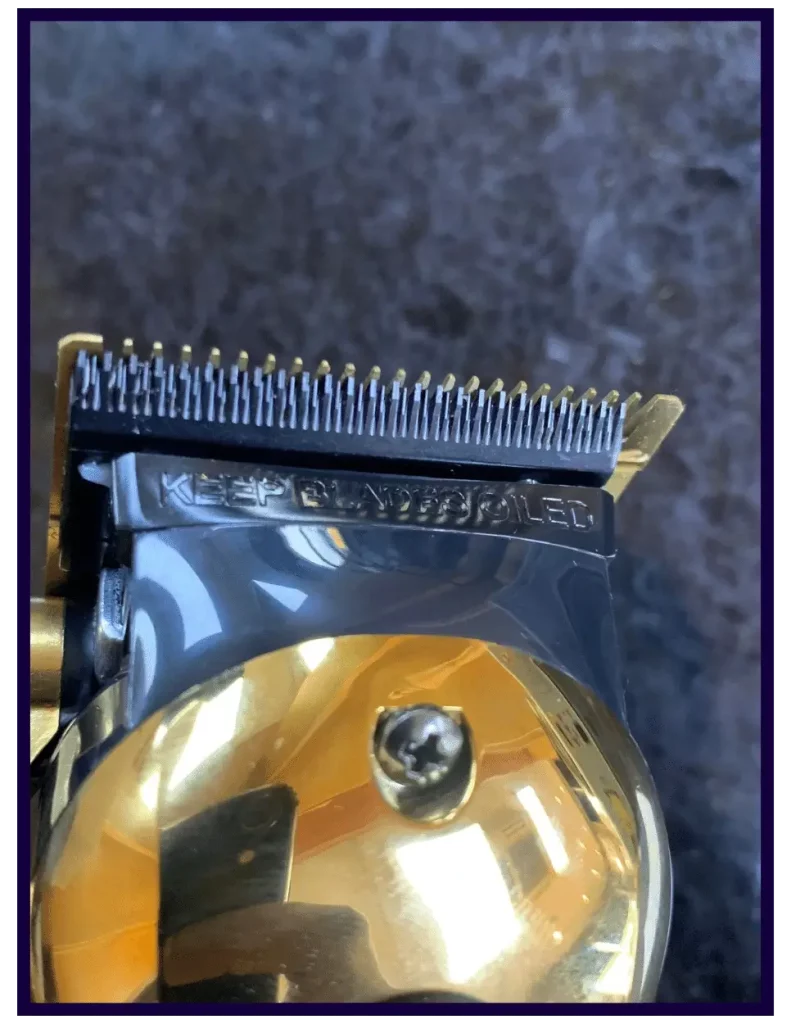
The teeth of the blade were designed to create a better cutting experience when the clipper is fed really fast through hair.
The stagger tooth blade also comes with crunch blade technology which isn’t anything revolutionary, to be honest.
It just means your clippers create a ‘crunching’ sound when they cut hair due to the gaps in the stagger tooth blade.
Essentially, when you mix the stagger tooth and crunch blade technologies you will get a clipper that creates blunter cuts as well as providing seamless blends.
The staggered squared teeth feed the hair better, to be cut which creates easier, visibly improved blending and fading, because the little hard line is made as you cut and you hear some crunching in the process.
Now we know what a stagger tooth blade is, why makes it different from a standard clipper blade?
Standard Blade
A standard blade is just your regular cutting blade.
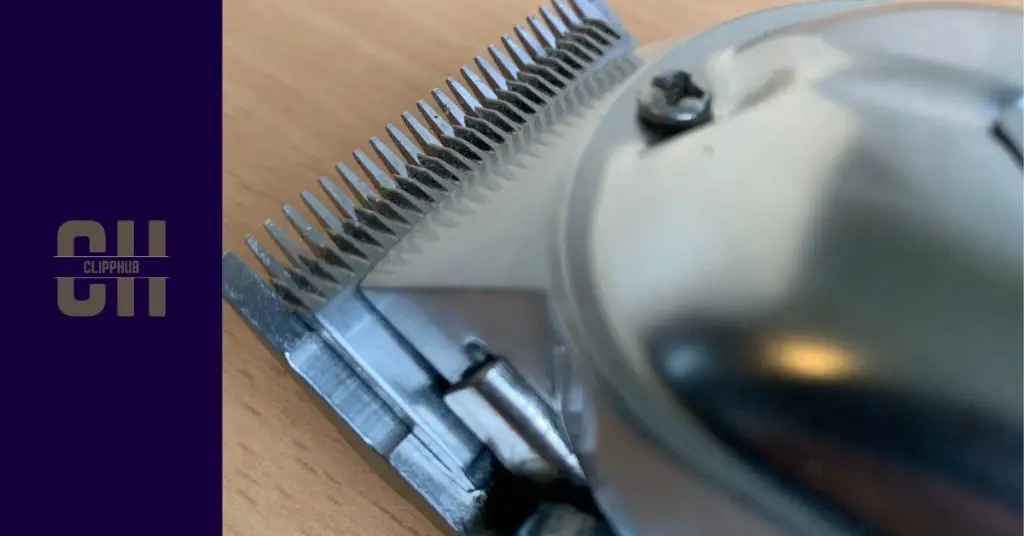
This blade can be made from a few types of materials.
A standard cutting blade has no carrying teeth lengths they cut whatever hair is in front
This can be:
- Stainless steel
- Titanium
- Ceramic
Each of these blades offers their unique qualities and you can have any on your clipper and they’ll still run great.
But here’s a general run down of each type of blade and what they offer.
Titanium blades are the most durable type of blade.
Out of all the blades they are the easiest to maintain as it would just be cleaning and oiling needed to keep them intact.
However, they are a rare cutting blade as they are quite expensive and in the rare chance they do get damaged, it’s hard to sharpen them so replacing them would be your only option unless you take them to a professional.
Stainless steel blades are the most common blades and you’ll tend to find made of stainless
The main benefit of steel blades is their stainless coating which means the blade’s rona degree is naturally protected against rust.
They are the most affordable type of standard blade and can be sharpened if needed but they aren’t as durable as titanium blades.
Ceramic blades surprisingly can be on par with sharpness with stainless steel blades and are quite durable but not on par with titanium blades.
The main advantage of stainless steel blades would be that they don’t heat up that much compare to titanium /stainless steel blades, which over multiple uses in a short period of time will start rot heat up
Those are the different types of standard cutting blades and the form in which they come.
Hers how a staggered tooth or cutting blade works with your guard blade to cut hair:
Now that’s what you need to know about both blades, next, we’ll talk about what you can do to optimize your clipper blades.
Cutting blade + Guard blade Combination
Cutting blades and guard blades work together to produce a cut/fade.
There are different types of guard blades these are
- The fade blade
- Taper blade
- Wedge blade/ fusion blade. (A mix of both blades)
Each offers its own unique qualities which you can check out in our guide on taper blade vs fade blade.
Now, out of all these guard blades, if you want a guard blade-to-cutting blade combination that will give you the most flexibility and longevity of use.
I would suggest the fade blade or wedge blade partnered with a ceramic stagger tooth blade.
Here’s where you can pick up each blade, the fusion blade work ok Wahl and Babyliss clippers.
And this video shows how you can put these two blades together, just use the blades recommended.
This combination allows you to cut close to giving texturized fades without worrying too much about your baldes overheating too much.
This is my combination and you don’t have to use it but it does provide you that flexibility and longevity and keeping a blade cool and producing better cuts.
Ceramic blades will run quieter than stainless steel or any metal blades so give them a go.
But remember… you don’t always have to use a stagger tooth blade on your clippers, yes the blade does help with texturing a fade, but a regular cutting blade will still create elite work.
Conclusion
In this article, we went over the difference between the stagger tooth blade and vs Standard blade
There’s not much difference between both.
Both blades work great and can both create good all-around cuts and fade, It’s just the Staggertooth blade helps in texturing hair better, which when done right creates better transitions in the hair which provides a better fade.
If you found this article helpful, please check out other articles below on this topic.
FAQ
Which blade is more suitable for thick or coarse hair types?
Can I use a Stagger Tooth Blade or Standard Blade on any type of clipper?
If you found this article on Stagger tooth blade vs fade blade helpful, please check out other articles on this topic below




